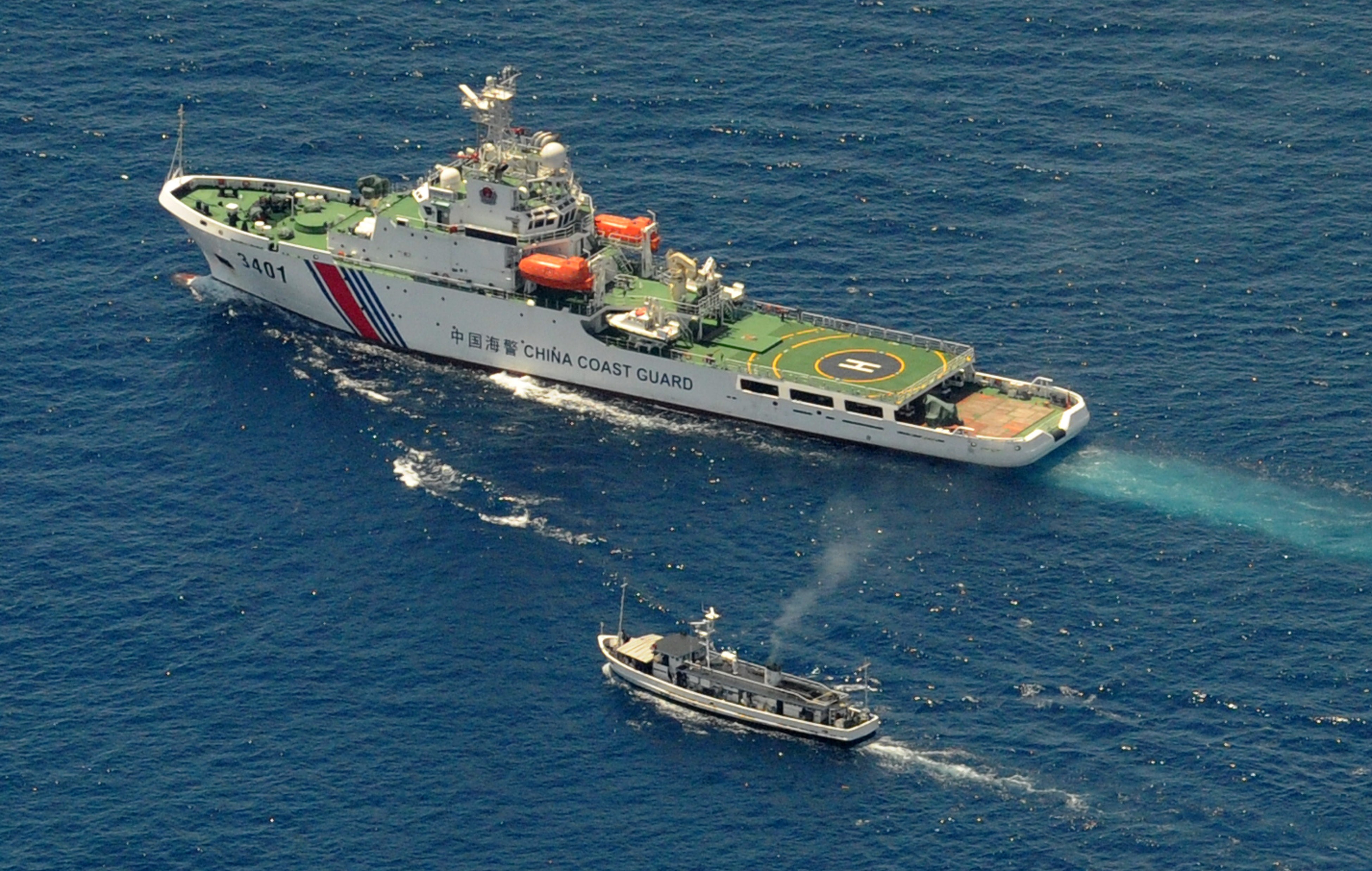The South China Sea has long been a focal point of geopolitical tensions, particularly involving the Philippines and China. This article delves into the intricacies of the dispute, examining the key players, historical context, and future implications. By understanding the dynamics at play, we can better grasp the broader implications for regional stability and international relations.
Key Takeaways
The South China Sea dispute is a multifaceted issue involving territorial claims, economic interests, and geopolitical strategies. Here are the main points to consider:
- Territorial Claims: The Philippines and China both assert sovereignty over various parts of the South China Sea, leading to frequent diplomatic and military confrontations.
- Economic Interests: The region is rich in natural resources, including oil and gas reserves, making it economically significant.
- Geopolitical Strategies: Control over the South China Sea is crucial for military and trade routes, impacting global shipping and regional security.
- International Law: The United Nations Convention on the Law of the Sea (UNCLOS) plays a critical role in legal disputes, although interpretations vary.
- Future Prospects: Diplomatic efforts and international mediation are essential for a peaceful resolution, but challenges remain.
Who’s Involved?
The Philippines
The Philippines, an archipelagic nation in Southeast Asia, has long asserted its territorial claims in the South China Sea, particularly over the Spratly Islands and Scarborough Shoal. The country relies heavily on the region for fishing and potential energy resources. The Philippines’ stance is backed by international law, specifically the 2016 ruling by the Permanent Court of Arbitration in The Hague, which invalidated China’s expansive claims.
China
China claims nearly the entire South China Sea, demarcated by the “nine-dash line,” a U-shaped boundary that extends hundreds of miles south and east from its southernmost province, Hainan. Beijing’s claims are rooted in historical maps and documents, although these are contested by other nations and international bodies. China has significantly bolstered its presence in the region through artificial island-building and military installations.

Other Stakeholders
Other countries, including Vietnam, Malaysia, Brunei, and Taiwan, also have overlapping claims in the South China Sea. The United States and other Western powers, while not claimants, have strategic interests in ensuring freedom of navigation and overflight in the region.
Events
Historical Background
The South China Sea has been a contested region for centuries, with various empires and nations asserting control over its islands and waters. However, the modern dispute began to take shape in the 20th century, particularly after World War II.
Key Milestones
- 1947: China publishes the “nine-dash line” map, marking its claims in the South China Sea.
- 1970s: Discovery of potential oil and gas reserves intensifies interest in the region.
- 1982: The United Nations Convention on the Law of the Sea (UNCLOS) is adopted, providing a legal framework for maritime disputes.
- 2012: China and the Philippines engage in a standoff at Scarborough Shoal, escalating tensions.
- 2016: The Permanent Court of Arbitration rules in favor of the Philippines, rejecting China’s expansive claims.
- 2023: Increased military activities and diplomatic efforts from various stakeholders highlight ongoing tensions.
How Does This Impact Them?
The South China Sea dispute has far-reaching implications for the people living in the region and beyond. For local fishermen, the conflict has led to restricted access to traditional fishing grounds, impacting their livelihoods. The economic potential of untapped oil and gas reserves also holds promise for national economies but remains a contentious issue.
Professionally, the dispute affects international businesses involved in shipping, energy exploration, and defense. Companies must navigate a complex web of regulations and potential conflicts, influencing investment decisions and operational strategies.
Media Reaction
The South China Sea dispute garners significant media attention, with coverage varying by region and political alignment. In the Philippines, media outlets often emphasize national sovereignty and the need for international support against Chinese aggression. Chinese media, on the other hand, typically highlight historical claims and portray the dispute as a matter of national pride and security.
Internationally, the dispute is framed within broader geopolitical contexts, with Western media focusing on freedom of navigation and the balance of power in Asia. Social media platforms also play a crucial role, with hashtags and viral campaigns influencing public opinion and diplomatic discourse.
Future Plans
The future of the South China Sea remains uncertain, with several potential scenarios unfolding. Diplomatic negotiations, such as the ASEAN-China Code of Conduct, aim to establish guidelines for managing disputes and preventing conflicts. However, these efforts face significant challenges, including differing national interests and the complexity of legal interpretations.
Military developments continue to shape the region’s dynamics, with increased patrols and joint exercises by various nations. The United States’ “freedom of navigation” operations underscore its commitment to maintaining open sea lanes, while China’s military buildup signals its determination to assert control.
Economic initiatives, such as joint exploration agreements, offer a potential avenue for cooperation. These agreements could facilitate resource sharing and reduce tensions, but require mutual trust and effective governance mechanisms.
The South China Sea dispute involving the Philippines and China is a complex and evolving issue with significant implications for regional and global stability. By understanding the historical context, key players, and potential future developments, we can better appreciate the stakes involved and the challenges ahead. Diplomatic efforts, legal frameworks, and international cooperation will be crucial in navigating this intricate geopolitical landscape.
In summary, the South China Sea remains a critical area of focus, with the potential to shape the future of international relations in the Asia-Pacific region. As the situation continues to develop, staying informed and engaged is essential for all stakeholders involved.



